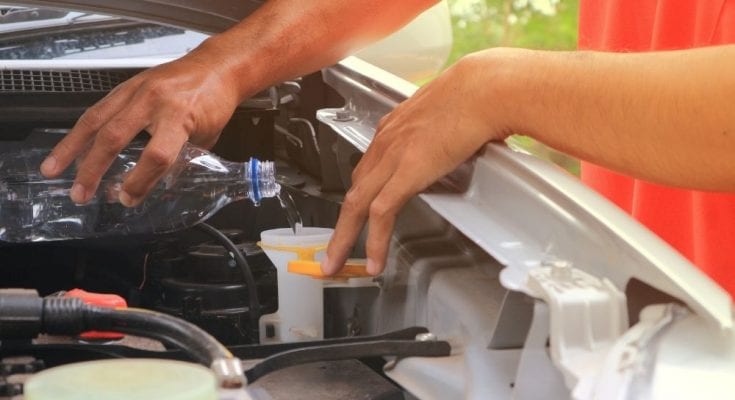Every driver knows their car requires maintenance. However, not every driver knows they can complete certain upkeep at home. Not every car maintenance task requires the help of a paid professional. Keep reading to discover three car maintenance tasks you can do at home. That way, instead of spending money and time taking the car into the shop, you can get certain upkeep done without going anywhere.
Refilling Windshield Washer Fluid
Obviously, visibility is essential when you’re driving. For this very reason, cars come with windshield wipers and washer fluid. Together, these materials allow drivers to clean their windshield simply, swiftly, and thoroughly. That said, your washer fluid reserves aren’t endless. If you pop open the car’s hood, the washer reservoir is easy to find—the translucent, plastic container should stand out among the surrounding components.
However, if you’re unsure, consult your owner’s manual for assistance. Refilling the fluid simply requires you to buy a container of washer fluid and pour it into the reservoir. Here’s a pro tip: use a funnel to prevent fluid from spilling under the hood.
Replacing the Air Filter
Traditionally, car air filters require replacement once a year. However, using an air filter for more than 12,000 miles is also grounds for replacement, no matter how many months you’ve been driving.
Thankfully, taking a DIY approach to this task is fairly simple. If you don’t know where your vehicle’s air filter is, pop open the owner’s manual to find the answer. Once you know where your filter is, pick up a replacement and swap it out with a new one. Neglecting air filter replacements will put unnecessary strain on the engine. After replacing the filter once, it’ll quickly become one of the easiest car maintenance tasks you can do at home.
Replenish Tire Air Pressure
Unfortunately, not all drivers understand the importance of tire pressure, but it’s an integral aspect of cars. Driving on underinflated tires can result in significant damages, including total tire failure. Both underinflated and overinflated tires are dangerous on the road, but you don’t have to be an expert to find a happy medium.
The first step is to pick up a tire pressure gauge and compressor. If the low tire pressure light pops up on your dashboard or you notice the tires look a bit low, use the gauge on each tire to inspect their psi. If one or more of them have sufficient psi, grab your compressor and refill them. It’s a fairly quick, straightforward process. Are you unsure how much air your car tires need? Consult the ever-useful owner’s manual or the label inside the driver’s side doorway to find the proper psi each tire should have.
Additional Resources:
Scooters



